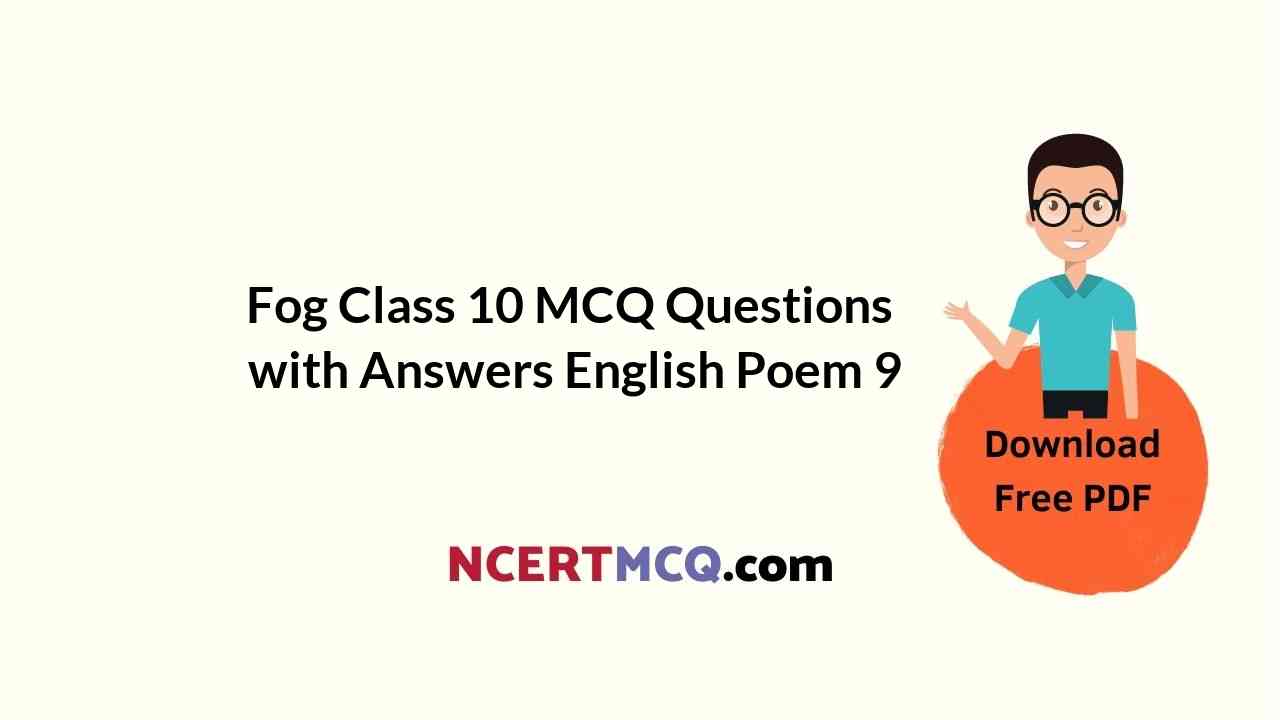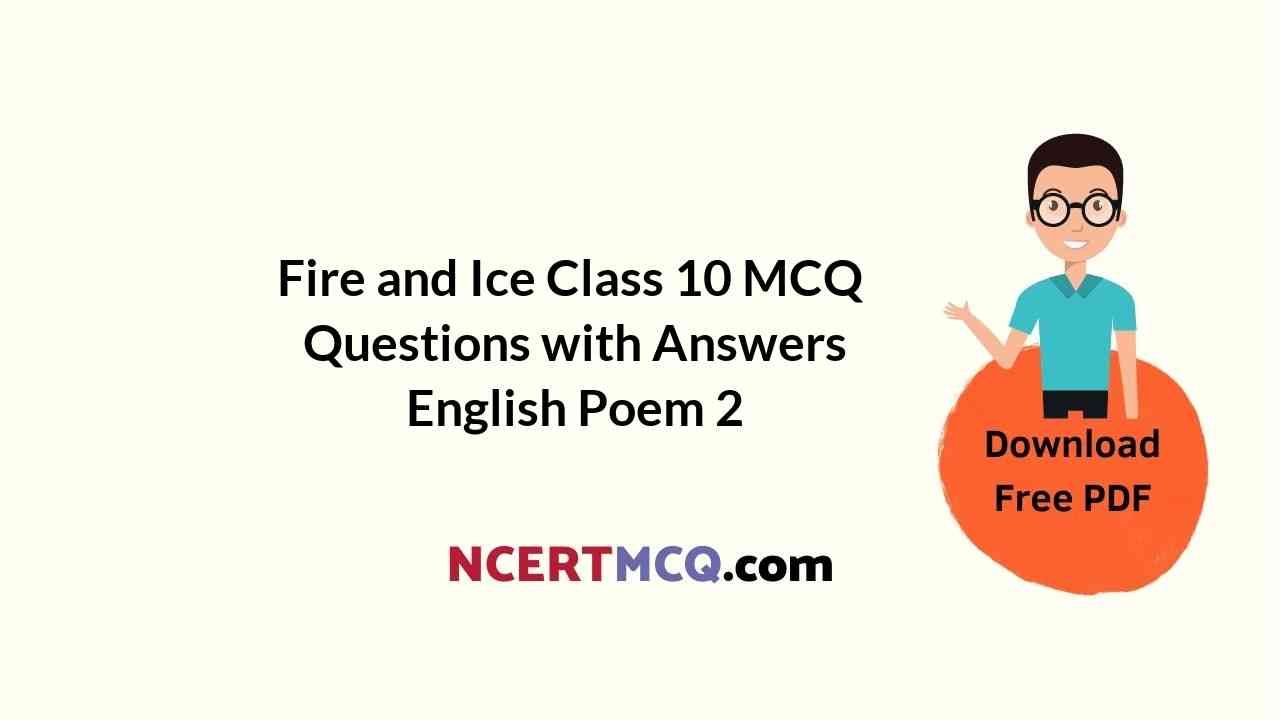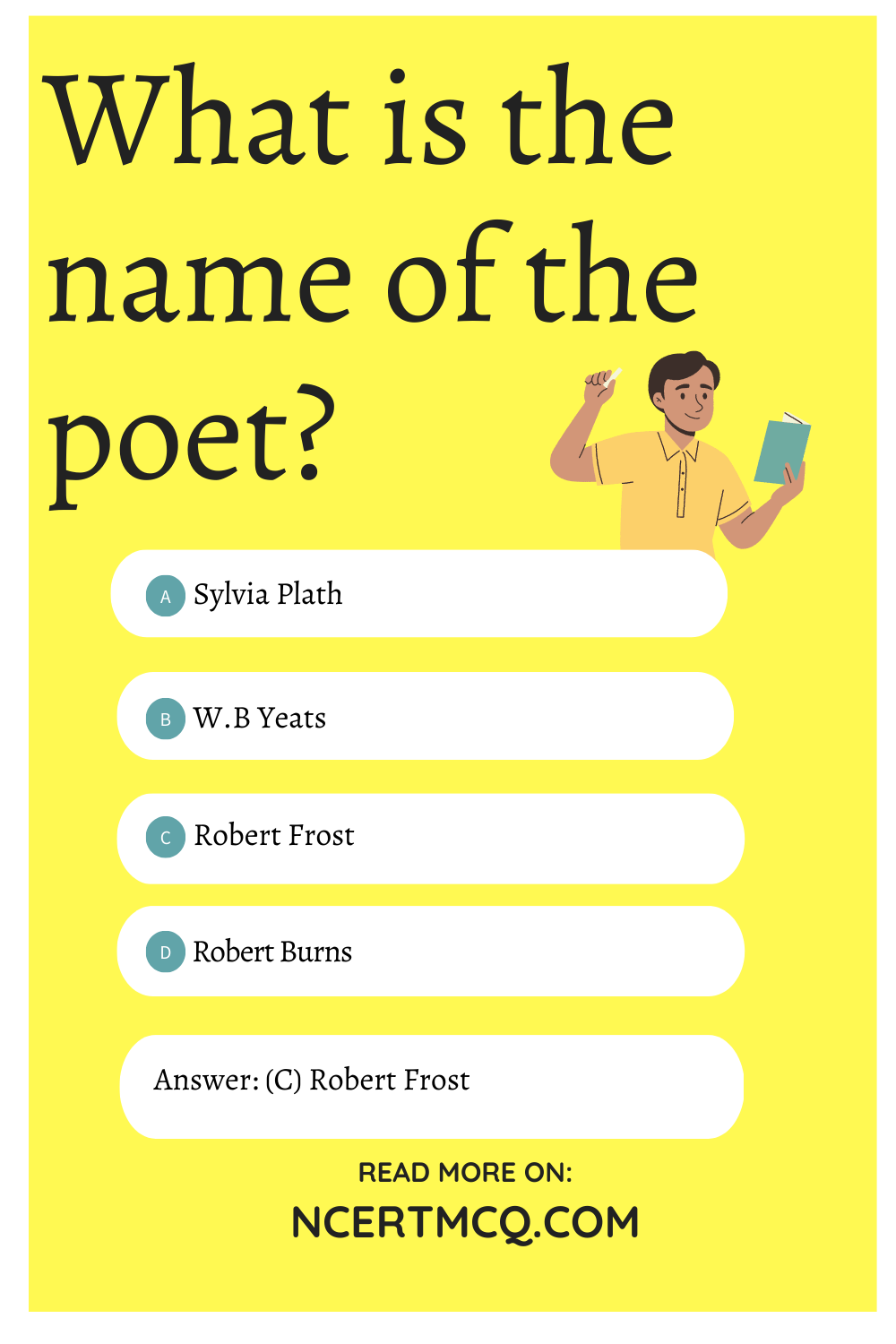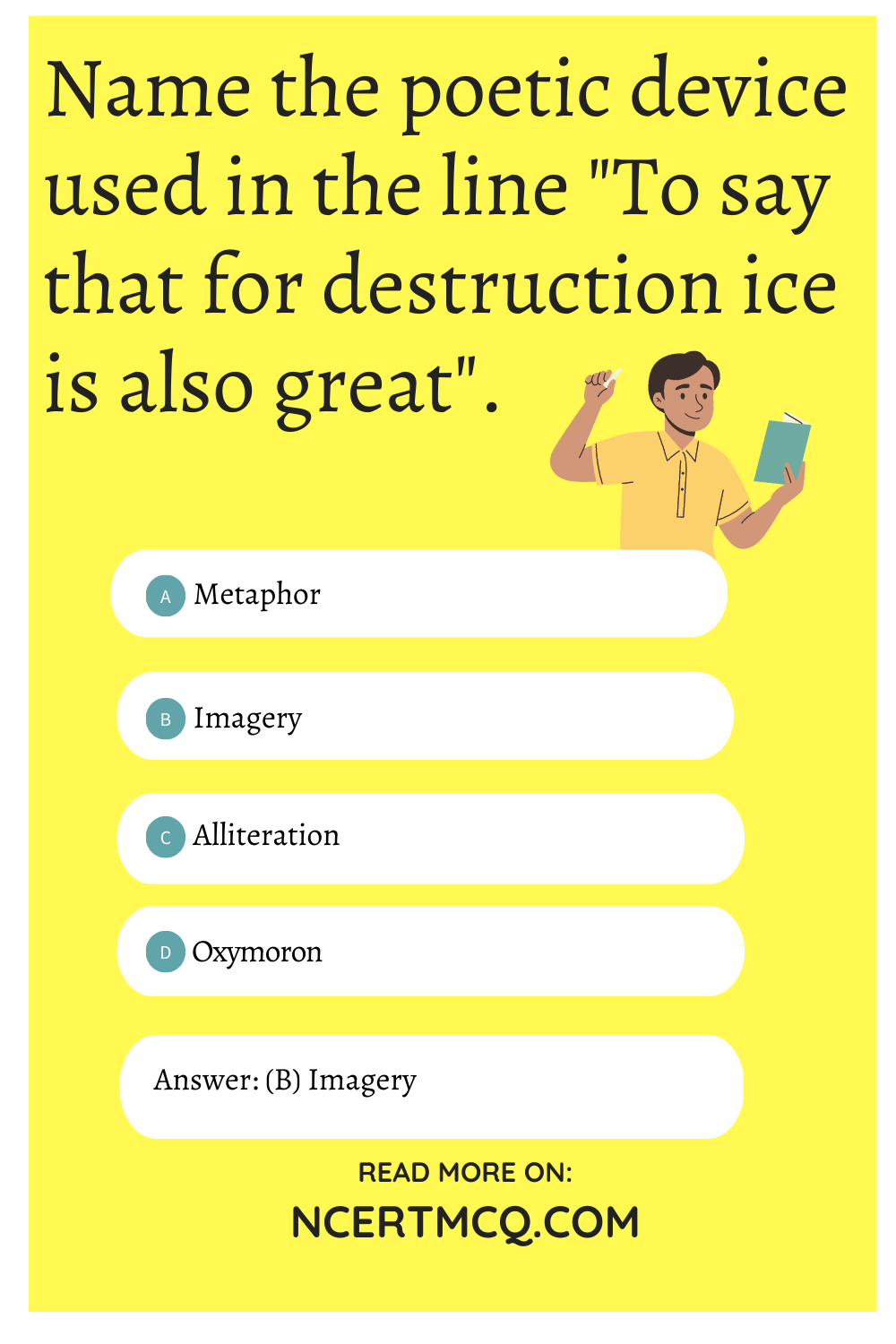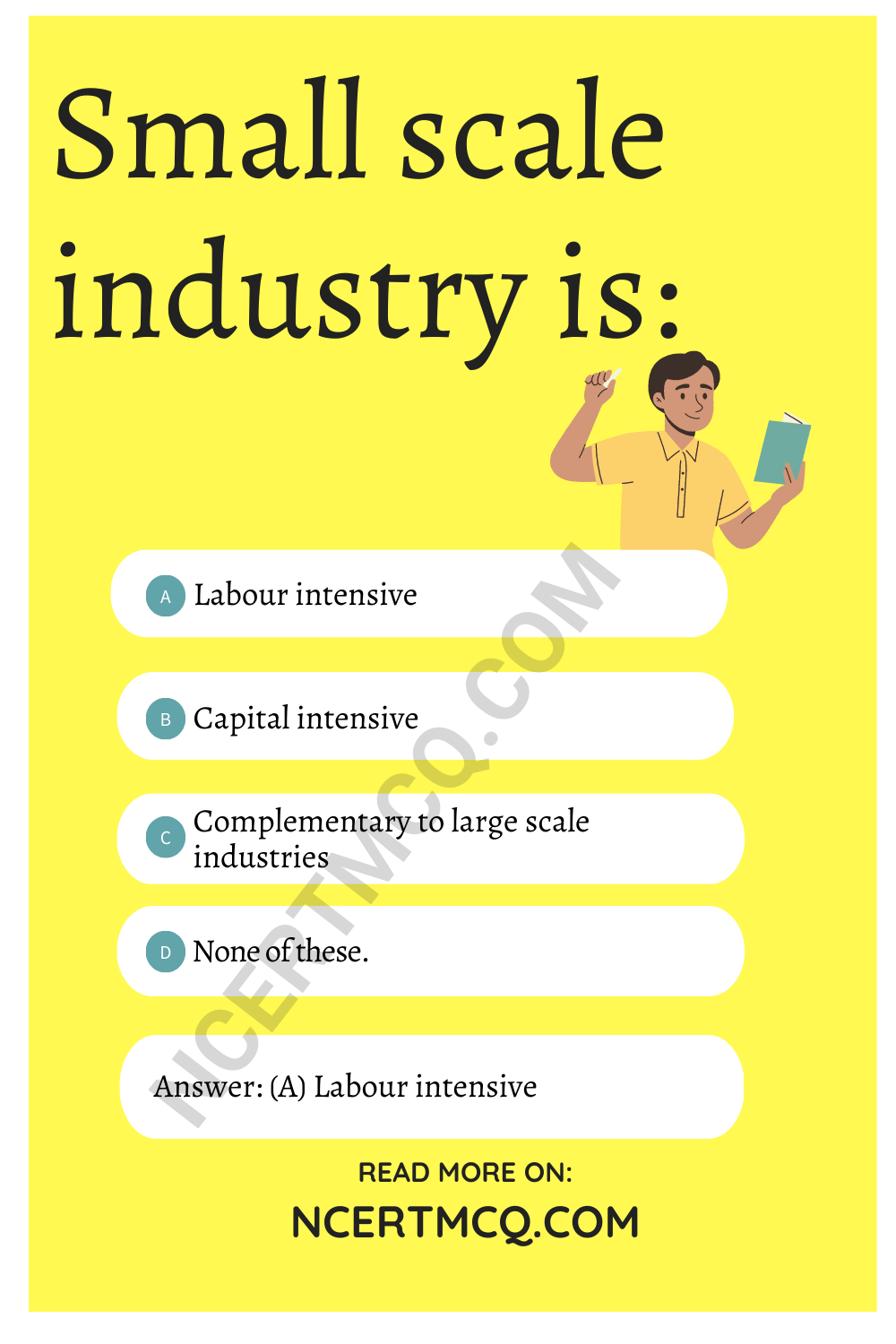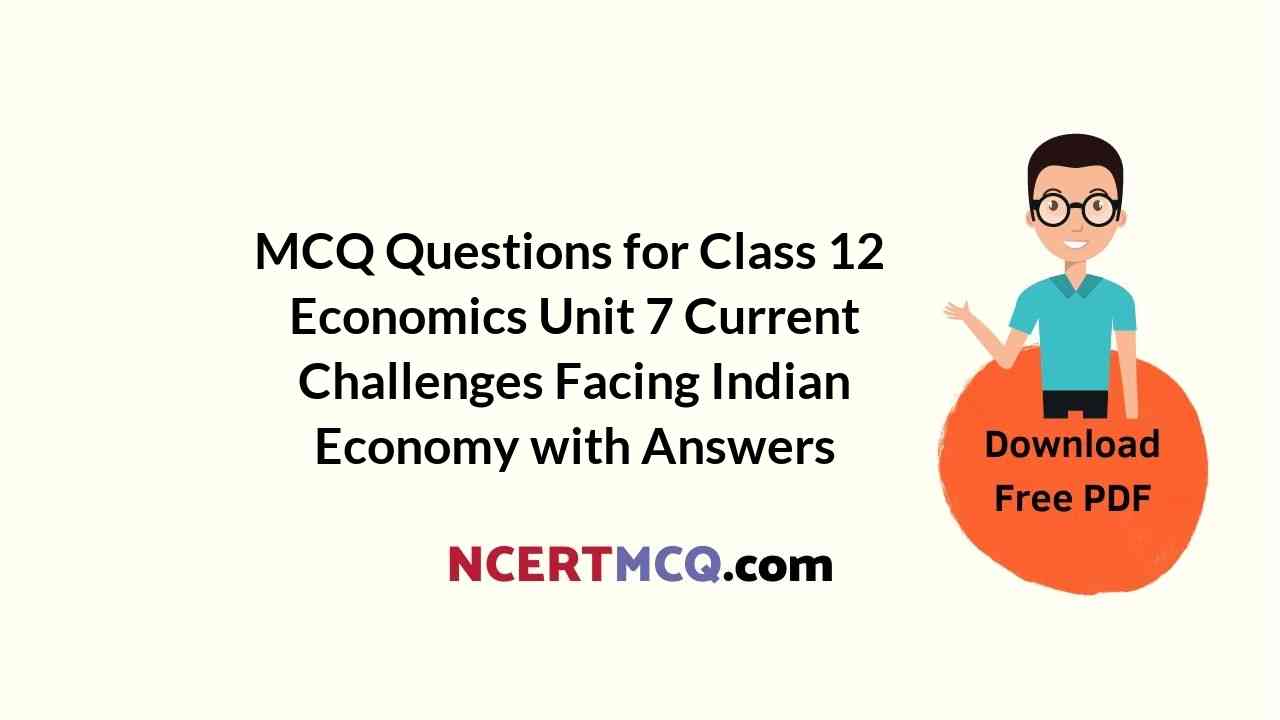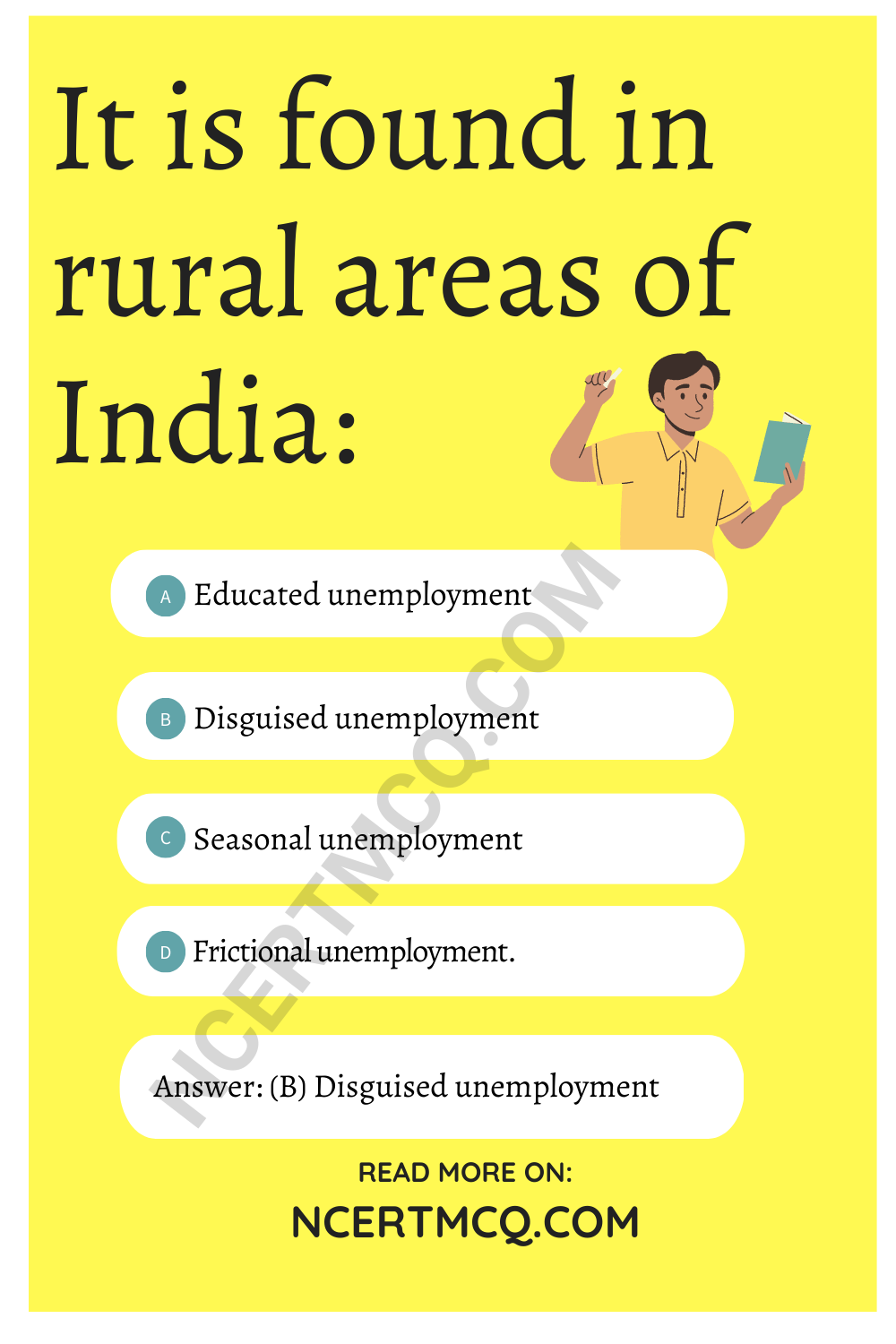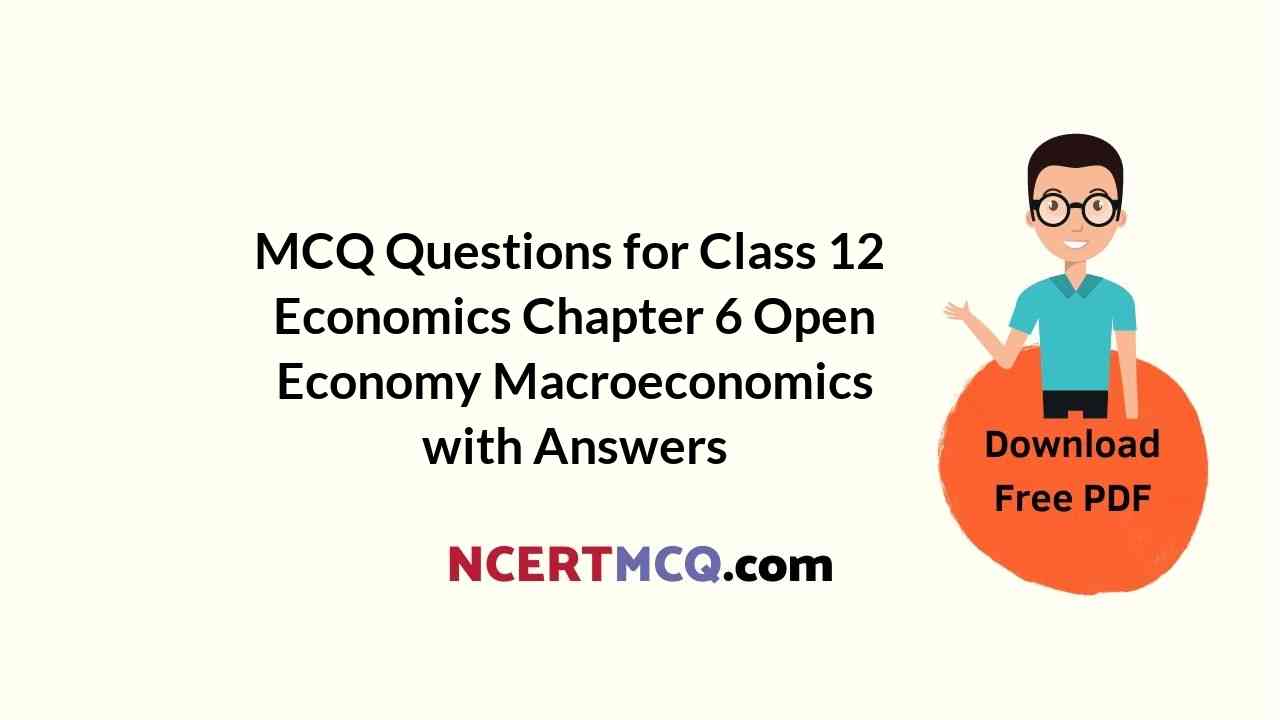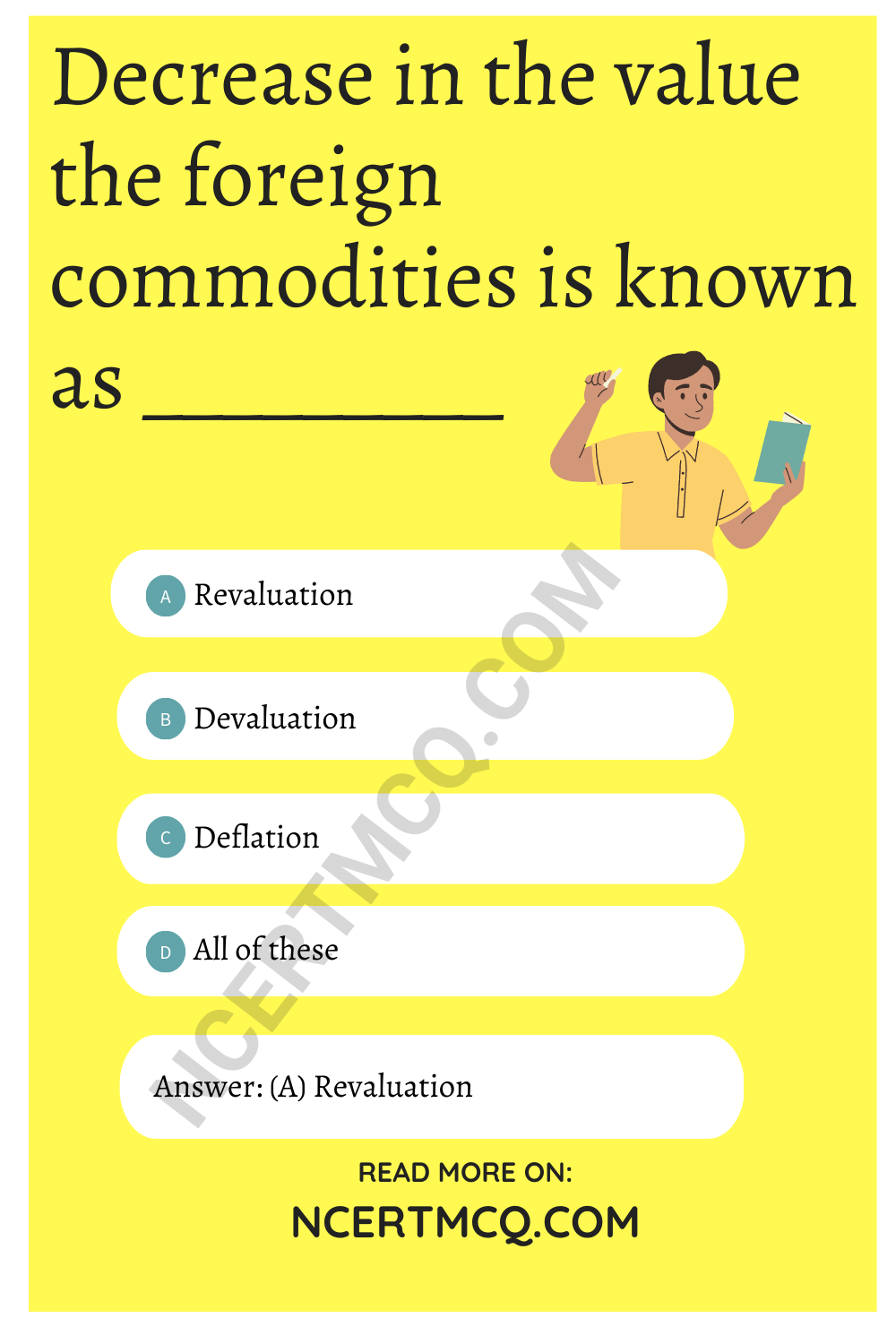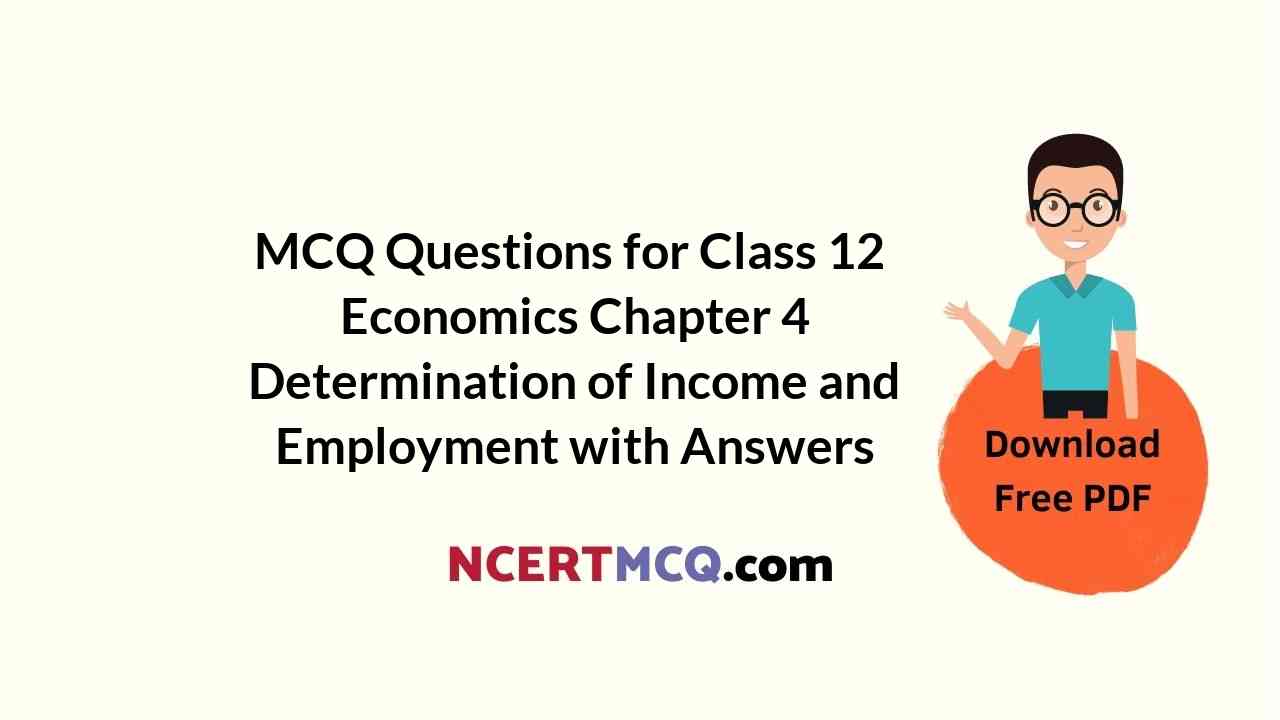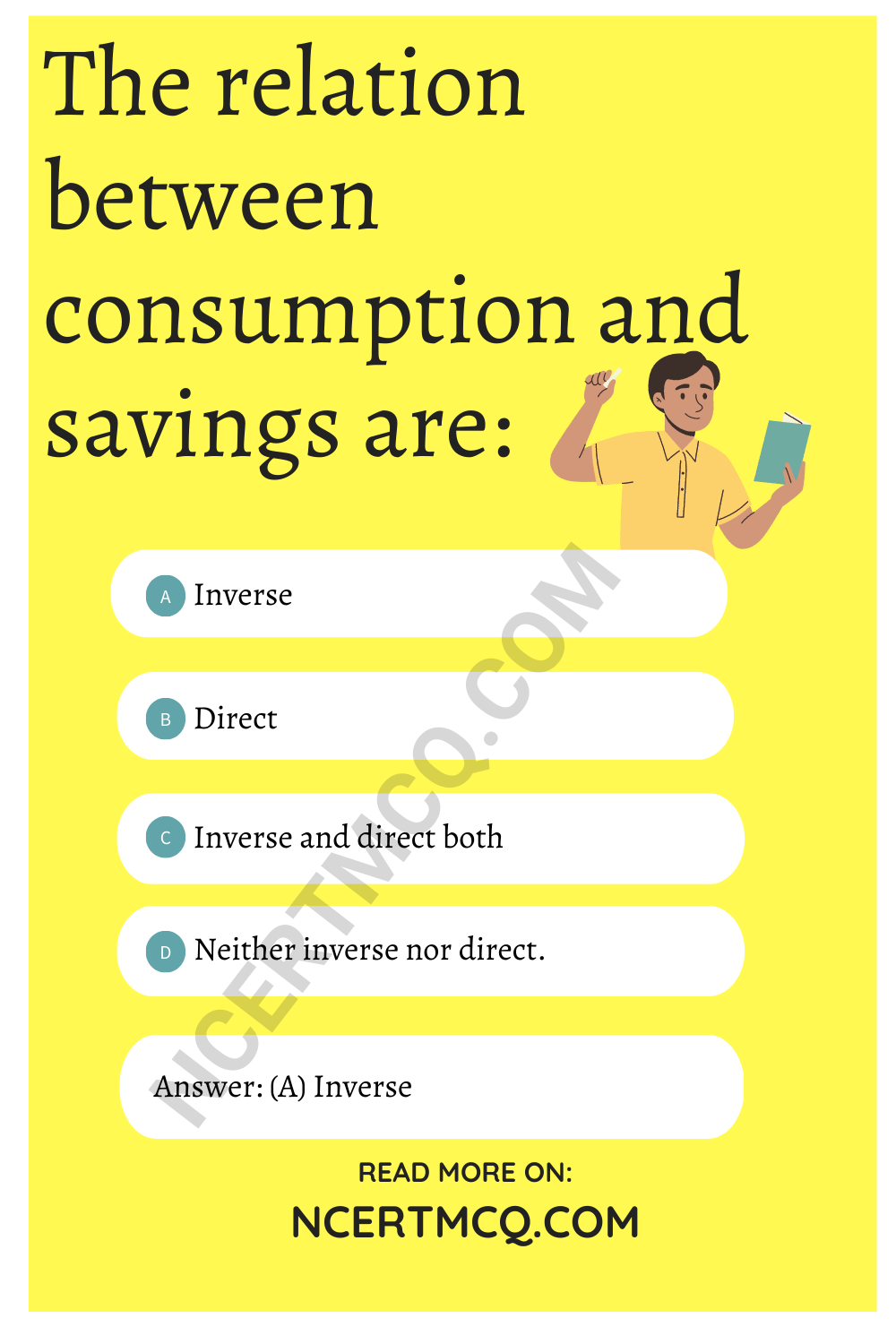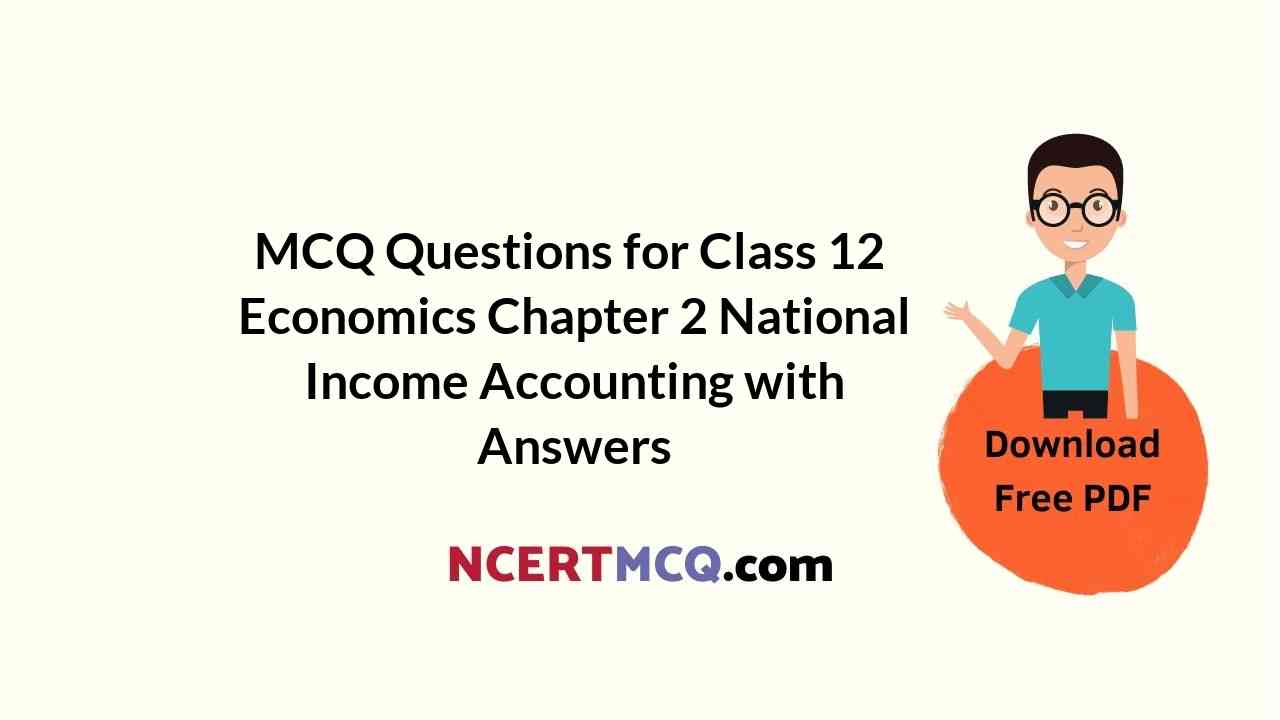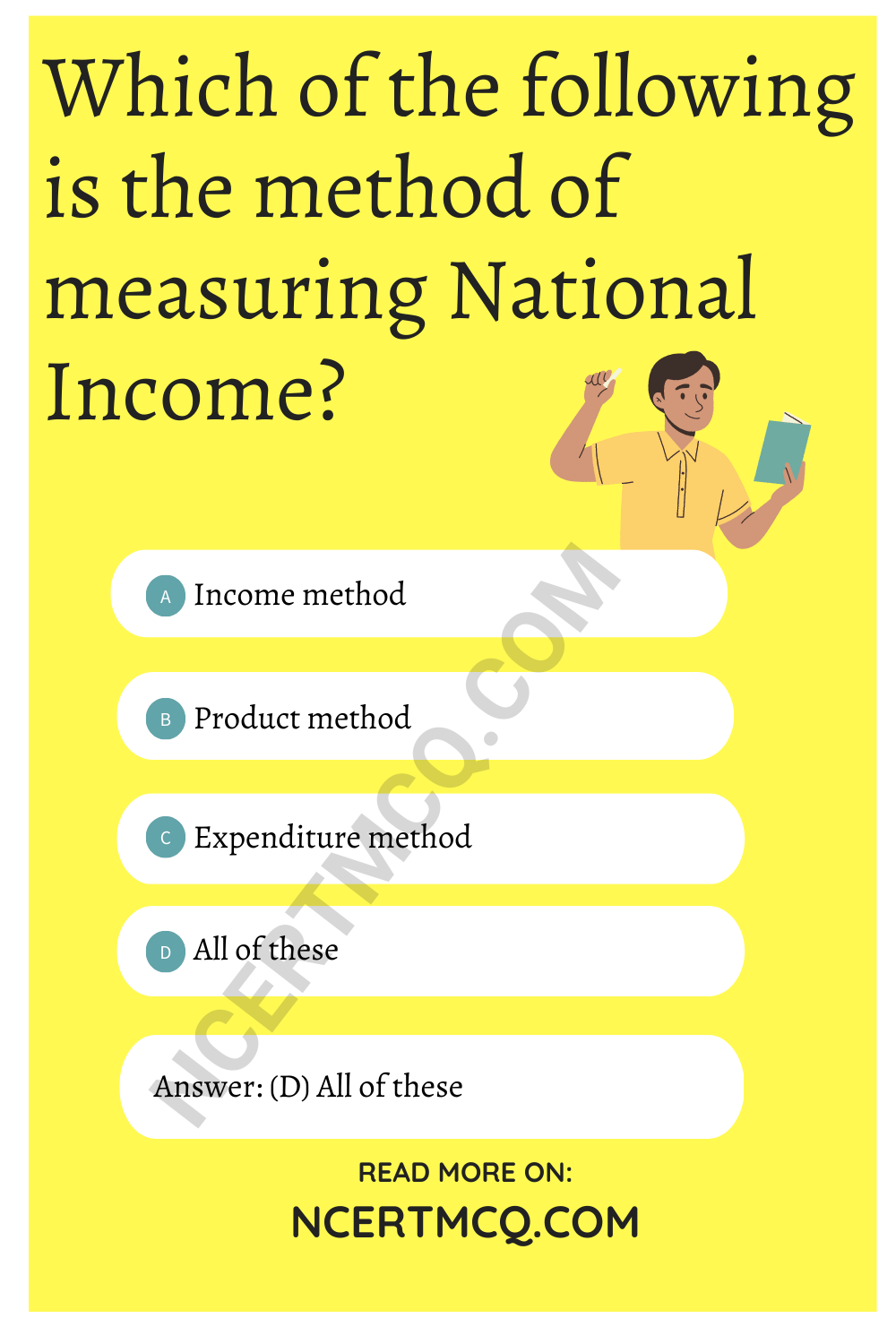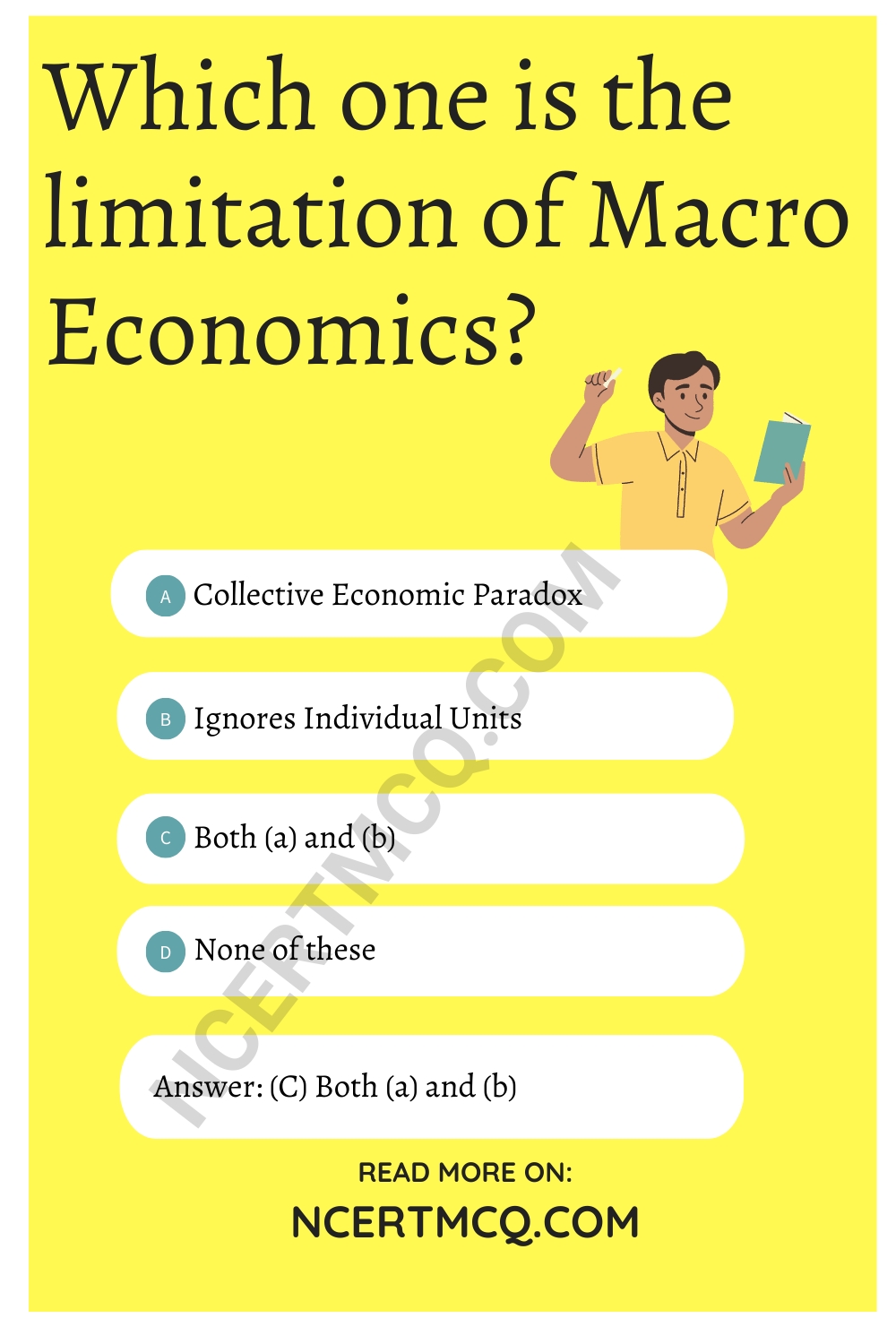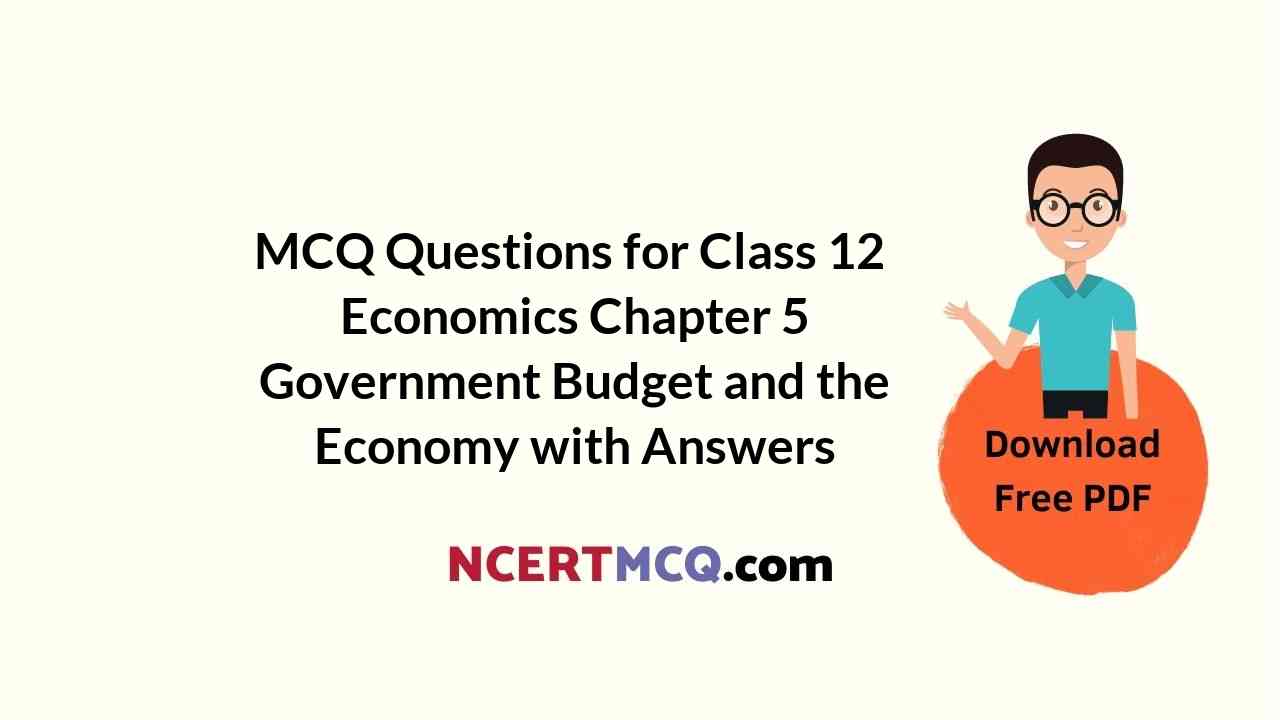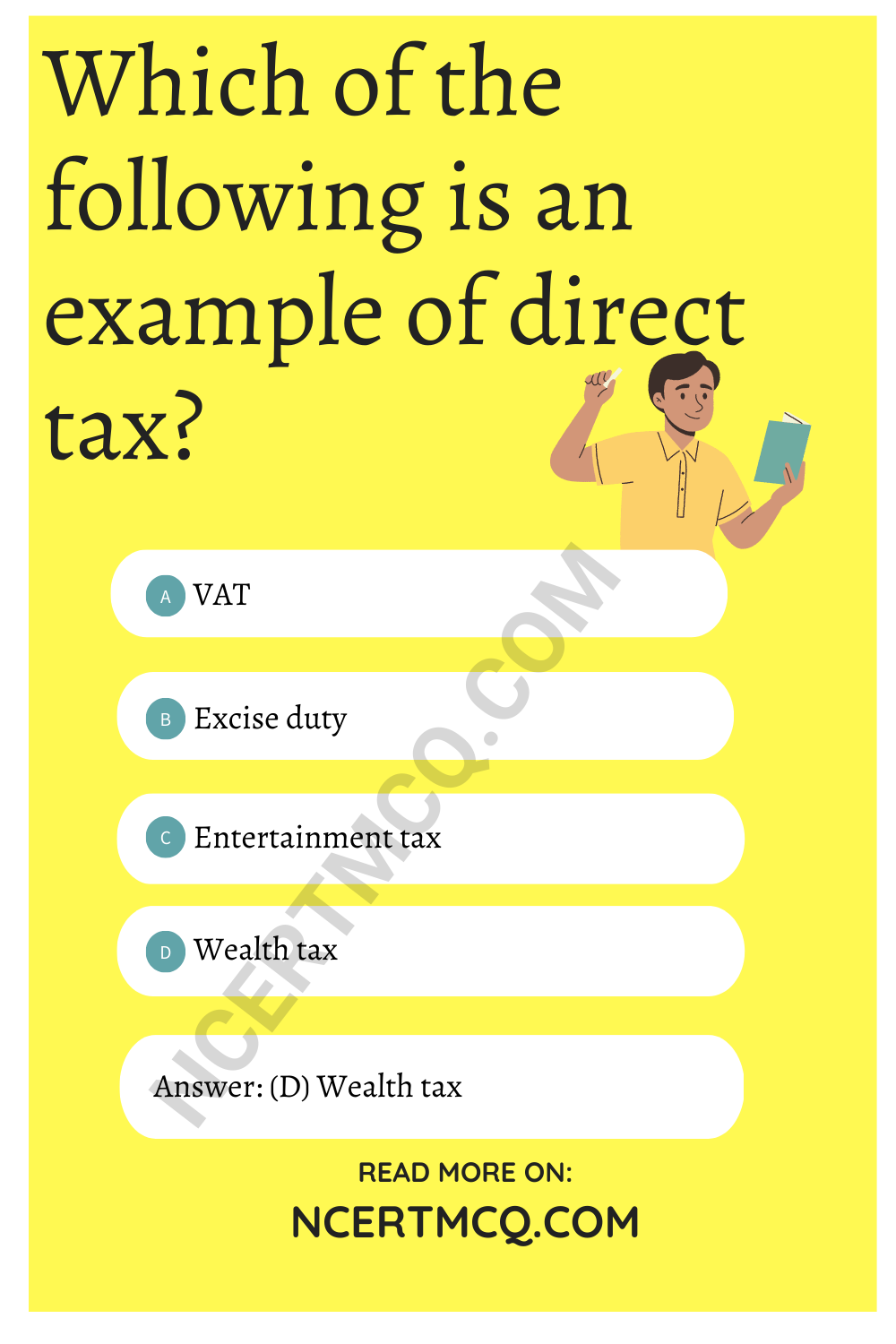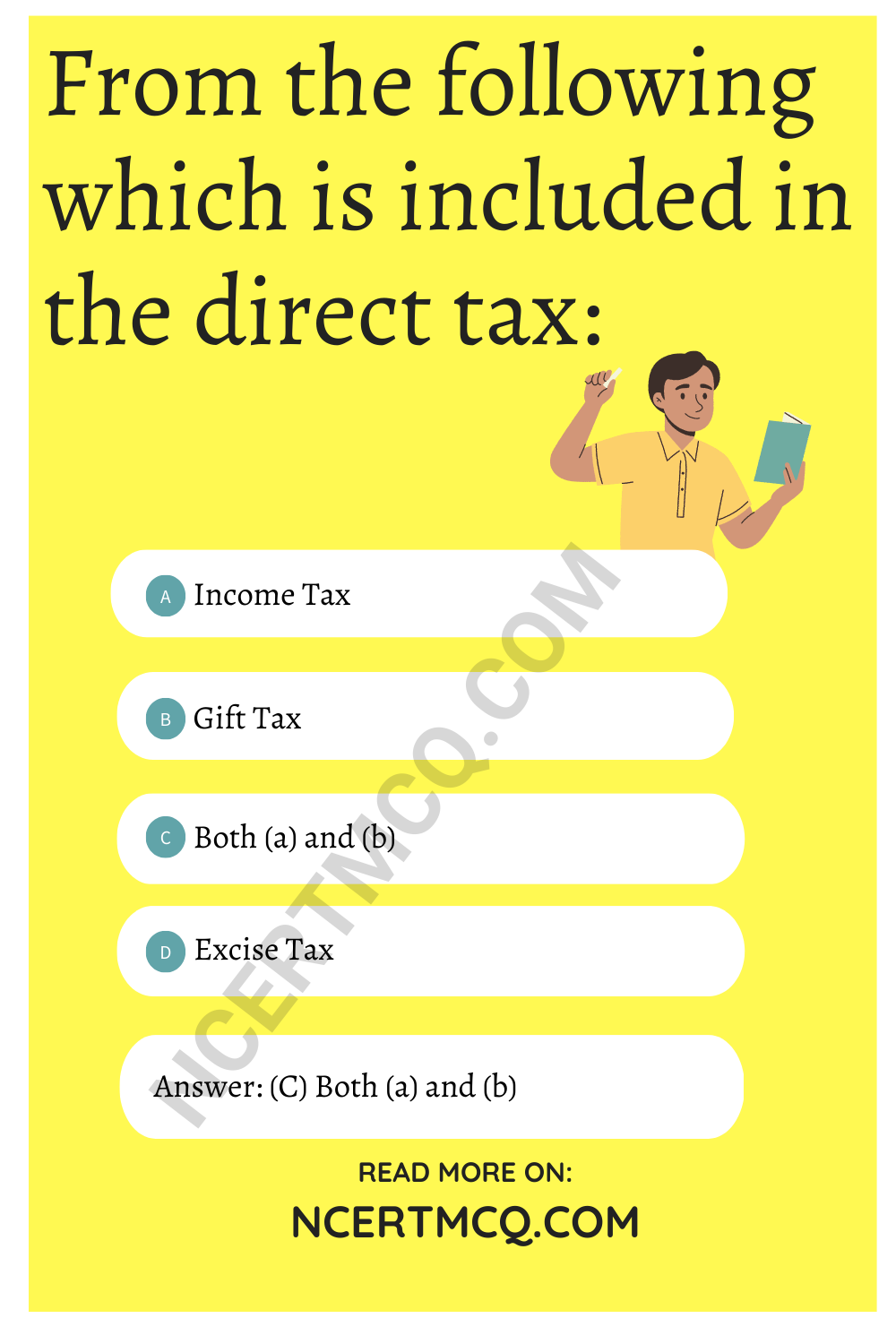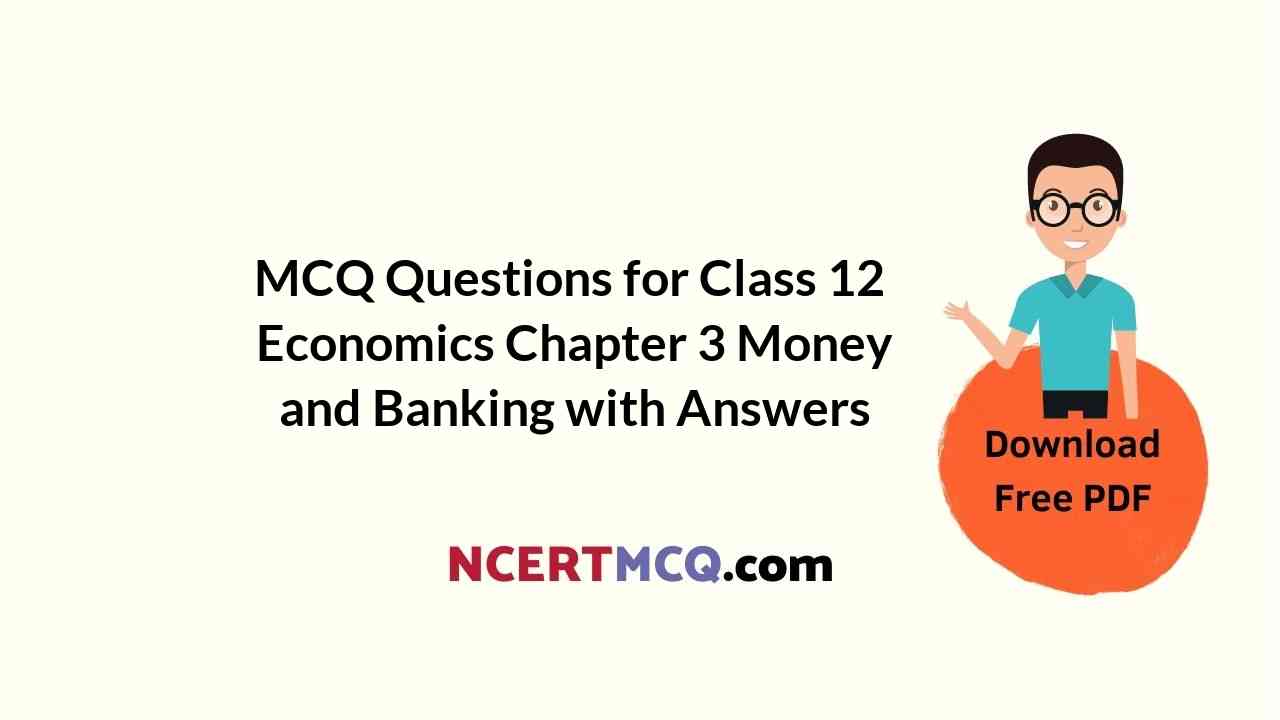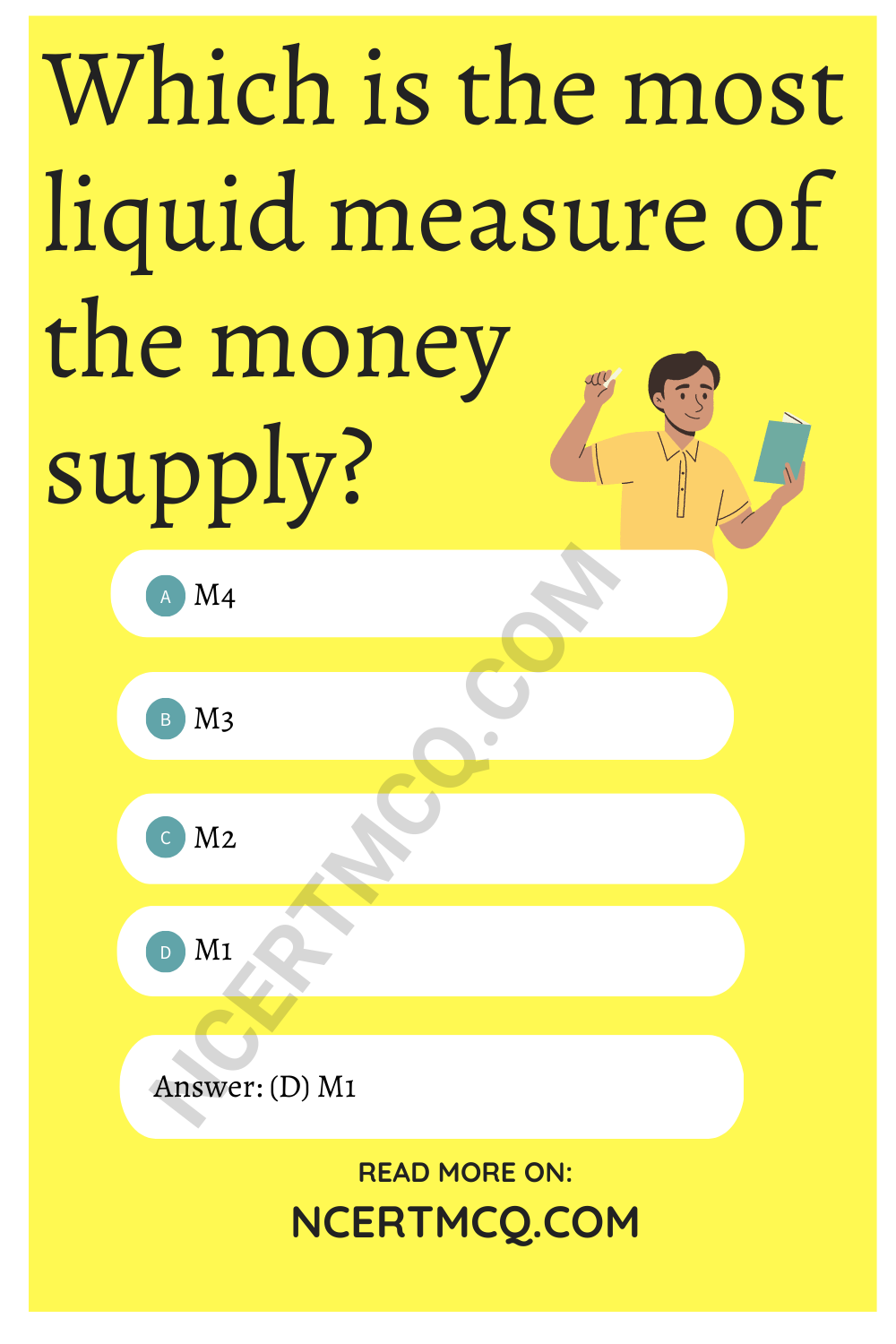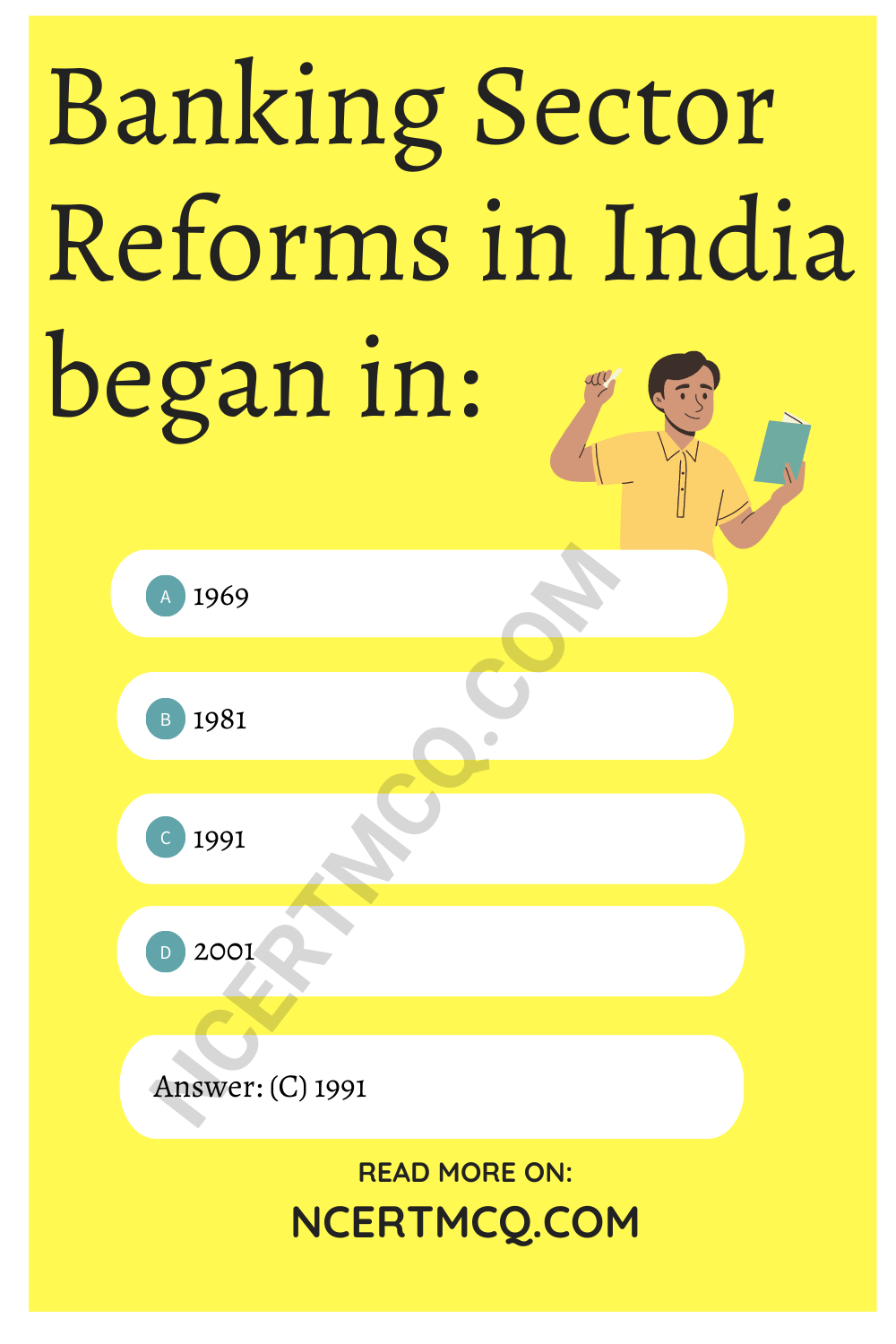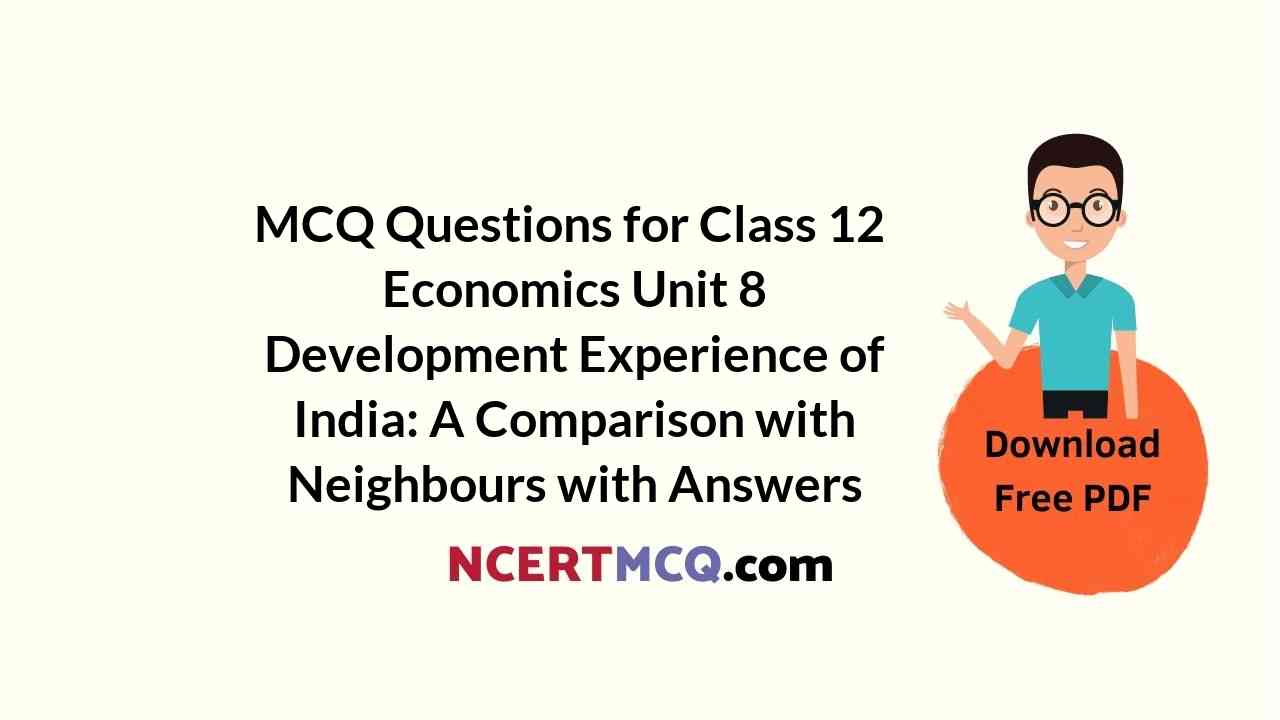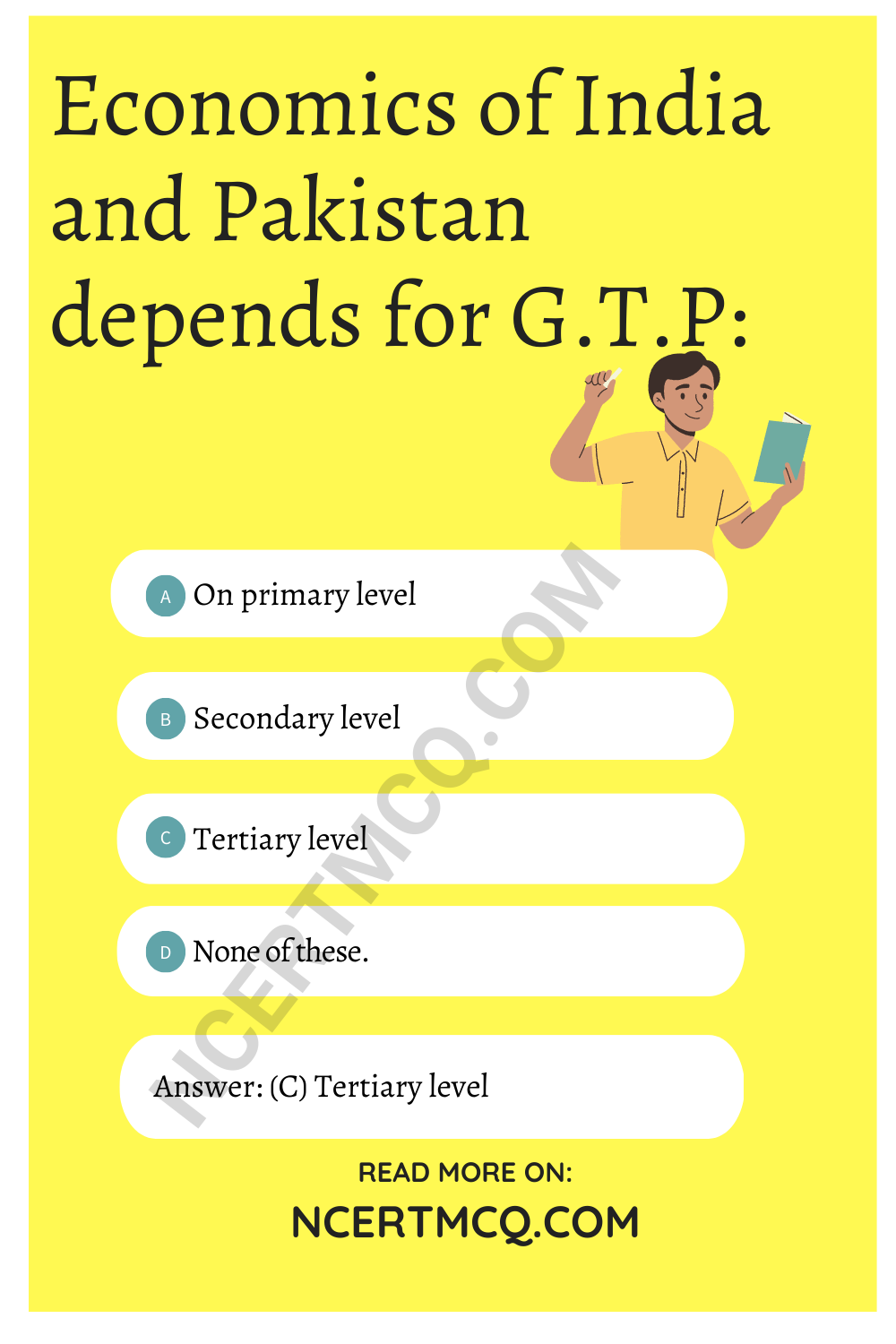Check the below Online Education NCERT MCQ Questions for Class 10 English First Flight Chapter 10 The Sermon at Benares with Answers Pdf free download. MCQ Questions for Class 10 English with Answers were prepared based on the latest exam pattern. We have provided The Sermon at Benares Class 10 English MCQs Questions with Answers to help students understand the concept very well. https://ncertmcq.com/mcq-questions-for-class-10-english-with-answers/
MCQ Questions for Class 10 English First Flight Chapter 10 The Sermon at Benares with Answers
The Sermon At Benares MCQ Class 10 Question 1.
Why was Kisa Gotami sad?
(a) her only son had died.
(b) her all property was snatched.
(c) she was beaten up.
(d) None of the Above
Answer
Answer: (a) her only son had died.
Sermon At Benares MCQ Class 10 Question 2.
Where did Buddha preach his first sermon?
(a) Haridwar
(b) Benares
(c) Chennai
(d) Patliputra
Answer
Answer: (b) Benares
The Sermon At Benares Class 10 MCQ Question 3.
What is the world afflicted with?
(a) Love
(b) Diseases
(c) Death and decay
(d) None of the Above
Answer
Answer: (c) Death and decay
The Sermon At Benaras MCQ Class 10 Question 4.
What does the ripe fruit fear?
(a) Someone will eat them
(b) They will rot
(c) Falling down
(d) None of the Above
Answer
Answer: (c) Falling down

MCQ Based On The Sermon At Benares Class 10 Question 5.
Where did Budhha sit?
(a) Peepal Tree
(b) Fig Tree
(c) Mango Tree
(d) Deodar cedar
Answer
Answer: (b) Fig Tree
MCQ Of The Sermon At Benares Class 10 Question 6.
According to Buddha, what is an inscrutable kind of suffering?
(a) loss of a loved one
(b) beating
(c) hatred
(d) verbal abuse
Answer
Answer: (a) loss of a loved one
English MCQs 10th Class Question 7.
Those who do not grieve are _____.
(a) arrogant
(b) proud
(c) happy
(d) wise
Answer
Answer: (d) wise
Question 8.
Who is free from sorrow?
(a) who overcomes sorrow
(b) who does not see sorrow
(c) who remains happy
(d) who gives sorrow to others
Answer
Answer: (a) who overcomes sorrow
Question 9.
What did Kisa ask for to bring her son back to life?
(a) medicine
(c) money
(c) doctor
(d) prayers
Answer
Answer: (a) medicine
Question 10.
He got enlightenment after how many days?
(a) 10
(b) 15
(c) 7
(d) 1
Answer
Answer: (c) 7
Question 11.
“The wise do not _____, knowing the terms of the world”
(a) laugh
(b) smile
(c) grieve
(d) all of the above
Answer
Answer: (c) grieve
Question 12.
What does Kisa search for from house to house in the first place?
(a) mustard seed
(b) a medicine to bring her son back to life
(c) pumpkin seeds
(d) None of the above
Answer
Answer: (b) a medicine to bring her son back to life
Question 13.
Both young and adults, fools and wise fall into the power of _____
(a) life
(b) death
(c) food
(d) all of the above
Answer
Answer: (b) death
Question 14.
What did the flickering lights made her realise?
(a) she is being selfish
(b) death is common to all
(c) men are mortals
(d) all of the above
Answer
Answer: (d) all of the above
Question 15.
What was the condition imposed upon the source of the seeds?
(a) to be borrowed from a man
(b) to be borrowed from a woman
(c) to be borrowed from a child
(d) None of the above
Answer
Answer: (d) None of the above
Question 16.
What did he name the tree?
(a) Bodhi tree
(b) Buddha tree
(c) Gautama tree
(d) Siddhartha tree
Answer
Answer: (a) Bodhi tree
Question 17.
For how many years did he wander?
(a) 7
(b) 8
(c) 9
(d) 6
Answer
Answer: (a) 7
Question 18.
What was Gautama Buddha’s early name?
(a) Sidhha
(b) Sadhu
(c) Siddhartha
(d) Sidhanth
Answer
Answer: (c) Siddhartha

We hope the given NCERT MCQ Questions for Class 10 English First Flight Chapter 10 The Sermon at Benares with Answers Pdf free download will help you. If you have any queries regarding CBSE Class 10 English The Sermon at Benares MCQs Multiple Choice Questions with Answers, drop a comment below and we will get back to you soon.

